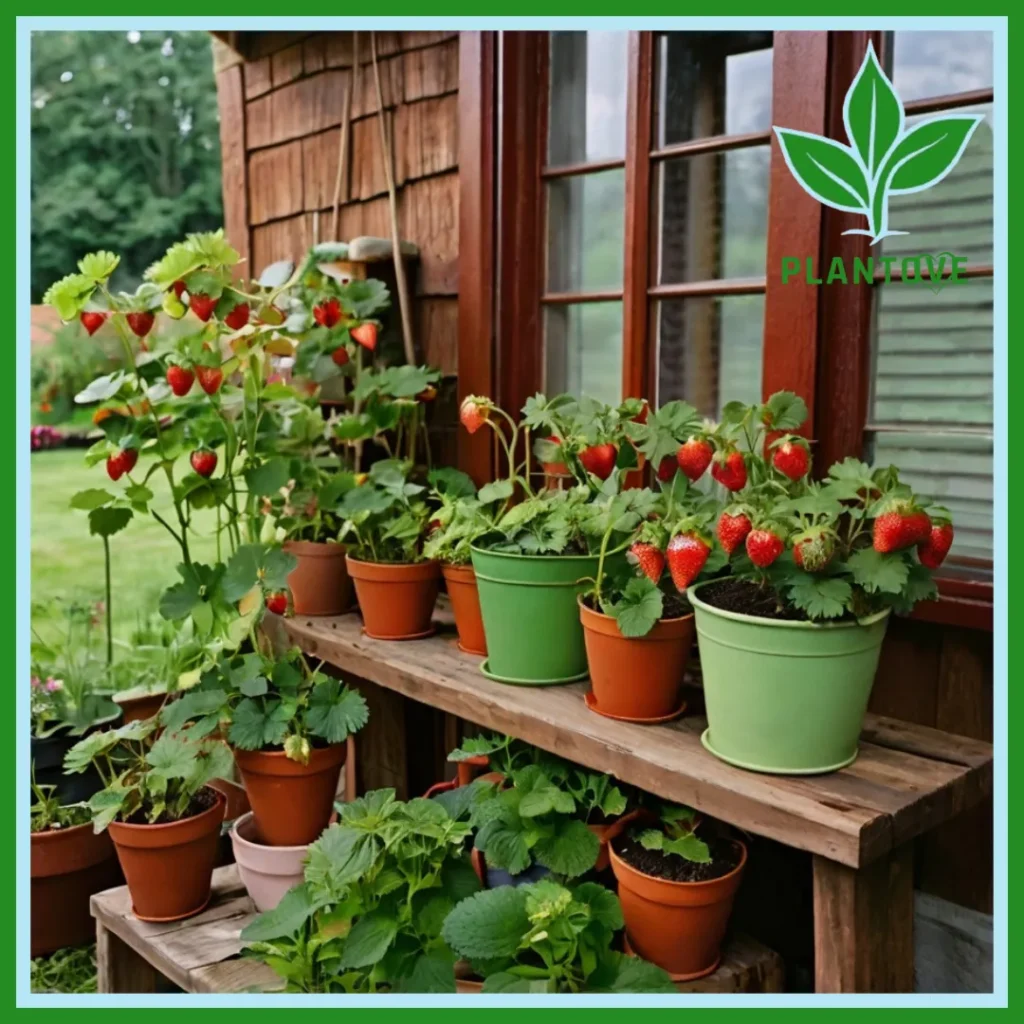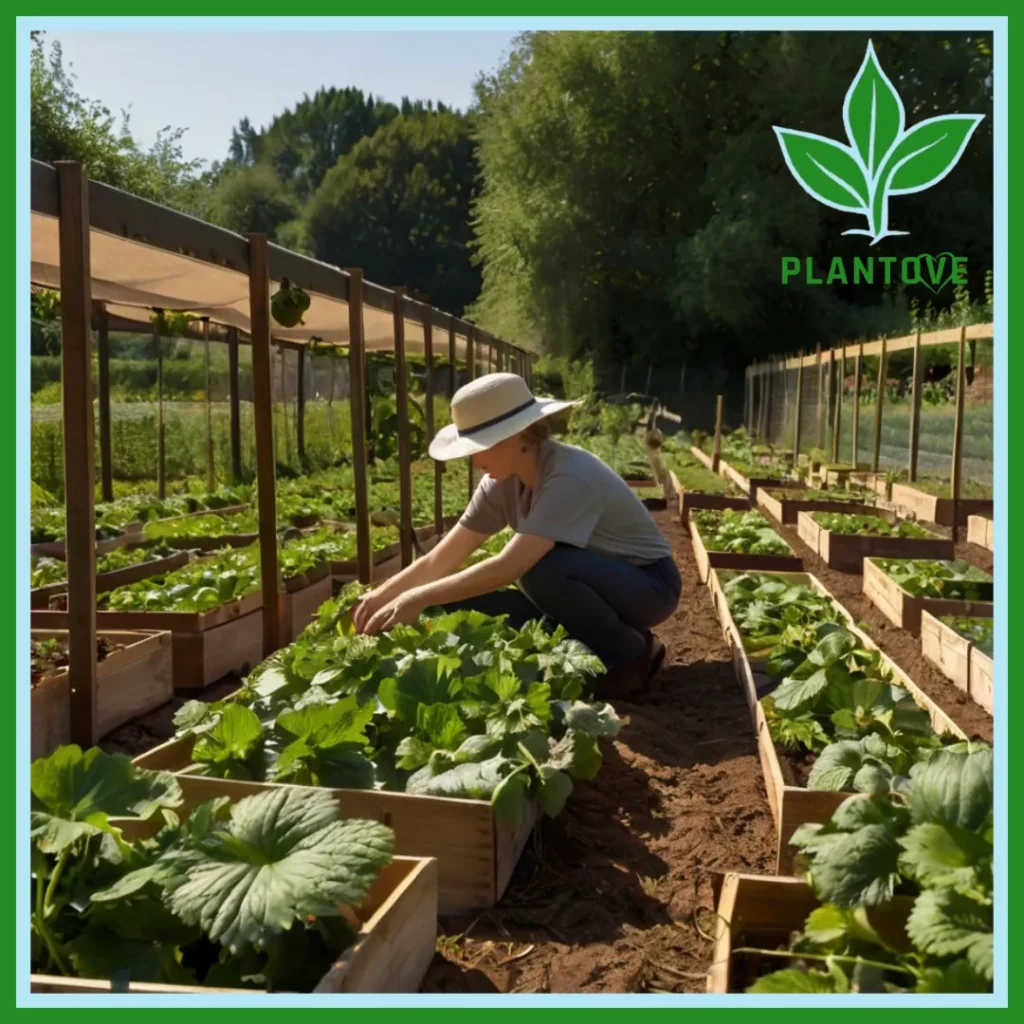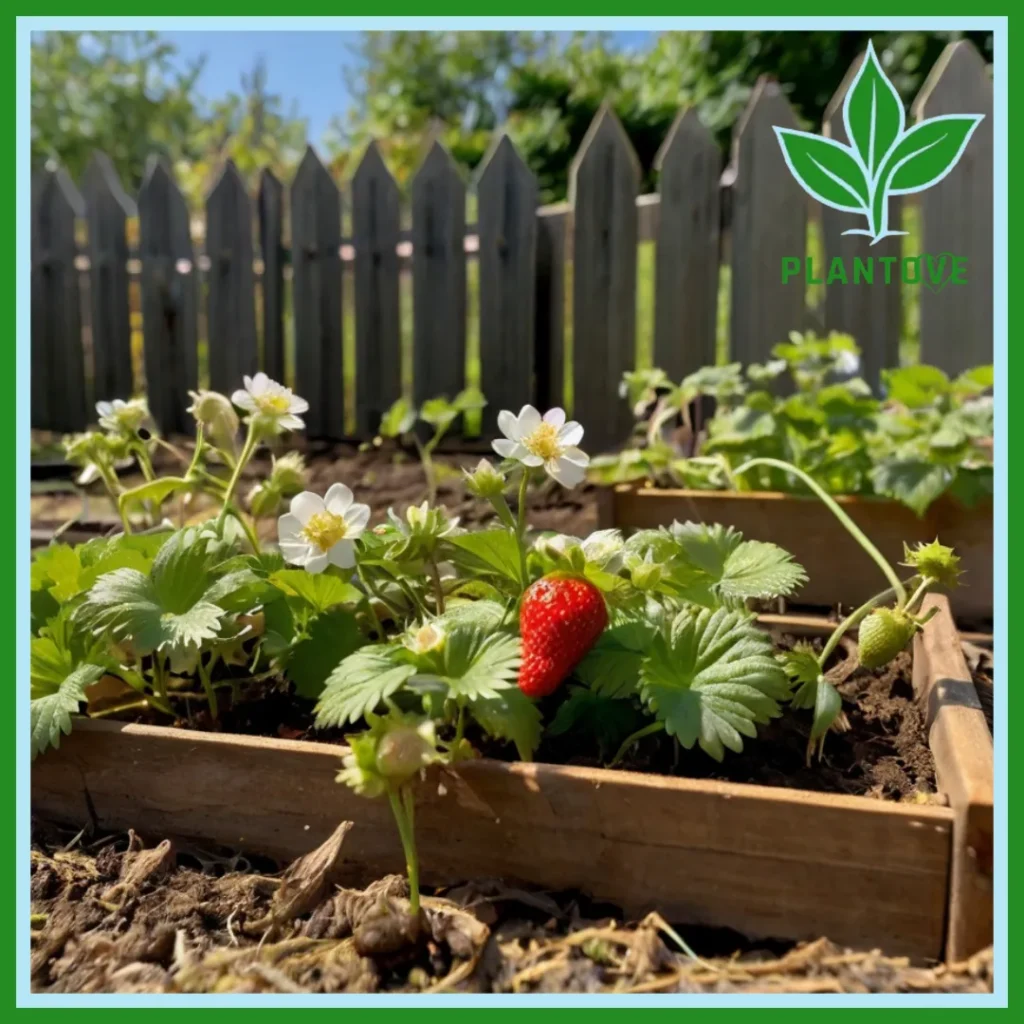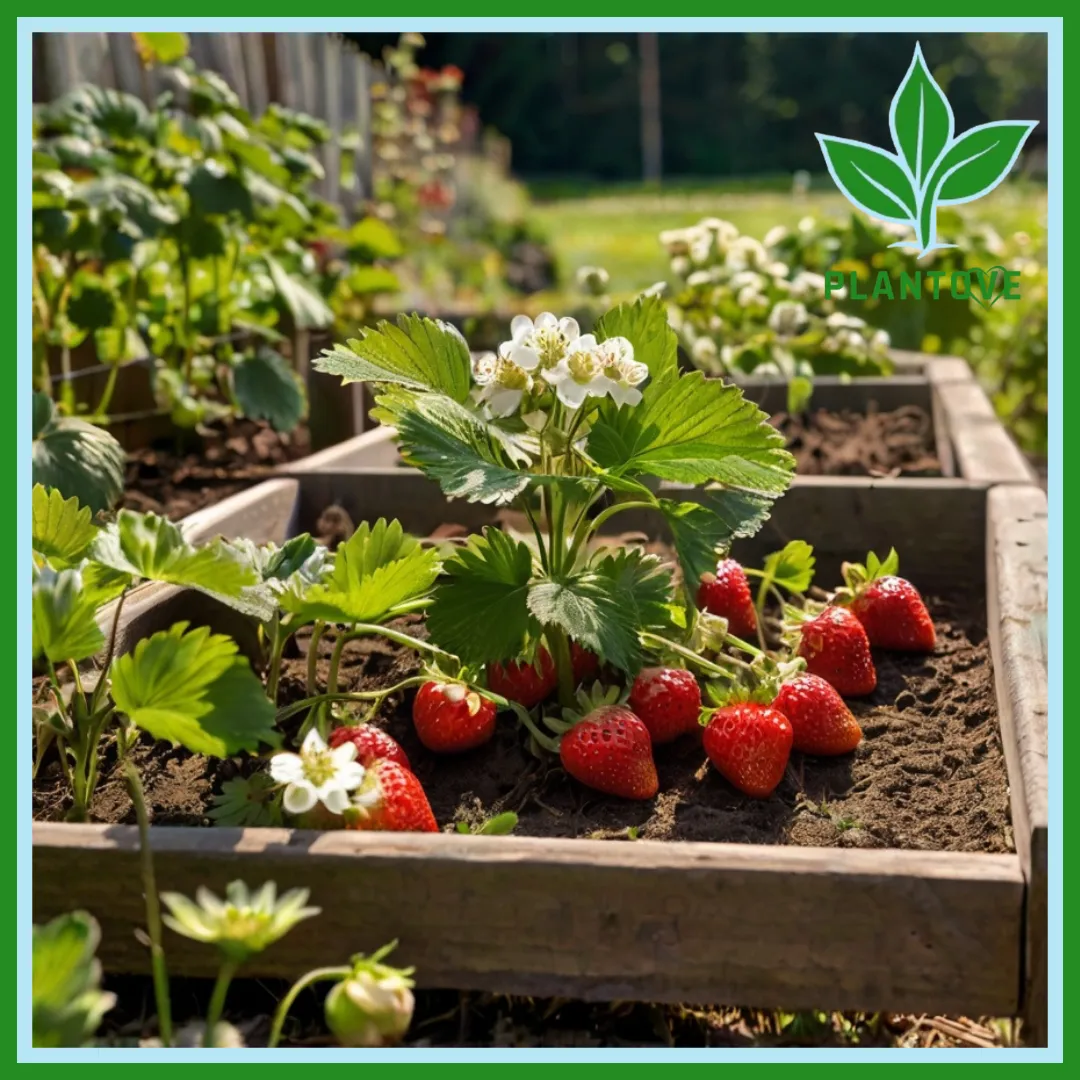Strawberry plants are a delightful addition to any garden, offering not only beautiful greenery but also delicious, juicy fruit. Known for their sweet taste and versatility, strawberries can be grown in various settings, from large garden beds to small pots on a balcony. Whether you’re an experienced gardener or a beginner, understanding the different types of strawberry plants, their care requirements, and how to maximize fruit production can lead to a fruitful and satisfying growing experience. In this article, we’ll cover everything you need to know about strawberry plants, including the best practices for growing them, types of strawberry plants, and tips for ensuring a bountiful harvest.
Types of Strawberry Plants
When considering growing strawberry plants, it’s essential to understand the different varieties available. Each type has its unique characteristics and benefits, making it crucial to choose the right one for your needs.
1. Everbearing Strawberry Plants
Everbearing strawberry plants are renowned for their ability to produce fruit throughout the growing season. Unlike June-bearing varieties, which produce a single large crop per year, everbearing strawberries can yield two to three harvests annually. This type is ideal for gardeners who prefer a steady supply of strawberries over a more extended period. They typically start producing fruit in early summer and continue until the first frost.
2. June-Bearing Strawberry Plants
June-bearing strawberry plants are the most traditional type, known for producing a large crop of berries in early summer. This type is favored by those who enjoy harvesting a large quantity of strawberries at once. June-bearing varieties are also often more robust and better suited for larger garden beds where a significant harvest is desired. They usually produce fruit in late spring to early summer, depending on your climate.
3. Day-Neutral Strawberry Plants
Day-neutral strawberry plants are similar to everbearing varieties but have a more consistent fruiting cycle throughout the growing season. They are not influenced by day length, meaning they can produce fruit even in shorter days or cooler temperatures. Day-neutral strawberries are perfect for extending your harvest and can be a great choice for regions with varied climates.
Growing Strawberry Plants in Pots

Growing strawberry plants in pots is an excellent option for those with limited garden space or who want to keep their plants close at hand. Container gardening allows for flexibility in placement and makes it easier to manage your plants’ needs. Here’s how to successfully grow strawberries in pots:
1. Choosing the Right Container
Select a container that is at least 12 inches deep and has good drainage holes. Strawberry plants have shallow root systems but need enough space for their roots to spread out. Hanging baskets, window boxes, and traditional pots can all be suitable options.
2. Soil and Fertilization
Use high-quality potting soil designed for container plants. A well-draining mix is crucial for preventing root rot. Incorporate slow-release fertilizer into the soil to provide a steady supply of nutrients throughout the growing season.
3. Planting and Care
Space your strawberry plants about 6 to 12 inches apart to allow for growth. Water them regularly, keeping the soil consistently moist but not waterlogged. Ensure your pots receive adequate sunlight, ideally 6 to 8 hours per day. As the plants grow, you may need to rotate the pots to ensure even light exposure.
Outdoor Strawberry Plants

For those with more space, growing strawberry plants outdoors offers the opportunity to cultivate a larger number of plants and enjoy a more significant harvest. Outdoor strawberry plants require specific care to thrive and produce abundant fruit.
1. Choosing the Right Location
Strawberries need full sun to grow well, so choose a location that receives at least 6 to 8 hours of direct sunlight daily. Ensure the site has well-draining soil to prevent waterlogged conditions, which can lead to root rot.
2. Preparing the Soil
Prepare your garden bed by enriching the soil with organic matter such as compost or well-rotted manure. Strawberries prefer slightly acidic soil with a pH of 5.5 to 6.8. Test your soil and adjust the pH if necessary using soil amendments.
3. Planting and Spacing
Plant strawberry seedlings or bare-root plants in early spring or late fall, depending on your climate. Space plants 12 to 18 inches apart to allow for their spread. For June-bearing varieties, space rows about 3 feet apart to accommodate their runners.
4. Mulching and Watering
Apply mulch around your strawberry plants to help retain moisture, suppress weeds, and keep the fruit clean. Water the plants consistently, aiming to keep the soil evenly moist. Drip irrigation systems work well for outdoor strawberry beds, providing consistent moisture without wetting the foliage.
Growing Strawberries for Beginners

If you’re new to gardening, growing strawberries can be a rewarding and relatively straightforward experience. Follow these beginner-friendly tips to ensure a successful start:
1. Start with Quality Plants
Choose healthy, disease-free strawberry plants from a reputable nursery. Look for varieties that are well-suited to your climate and growing conditions.
2. Understand Your Growing Zone
Be aware of your USDA hardiness zone to select strawberry varieties that will thrive in your area. Check local gardening resources for specific recommendations.
3. Be Patient and Persistent
Strawberry plants may take a season or two to reach their full potential. Regular care and maintenance will yield the best results, so be patient and persistent.
4. Learn About Common Pests and Diseases
Familiarize yourself with common pests and diseases that affect strawberries, such as aphids, spider mites, and fungal infections. Monitor your plants regularly and take action if you notice any issues.
How to Make Strawberry Plants Produce More Fruit
To maximize fruit production, consider these strategies:
1. Pruning and Training
For June-bearing strawberries, remove the runners to encourage the plant to put more energy into fruit production. Everbearing and day-neutral varieties can also benefit from occasional pruning to maintain plant health and productivity.
2. Fertilization
Feed your strawberry plants with a balanced fertilizer that supports fruit development. Avoid over-fertilizing, as excessive nutrients can lead to lush foliage but poor fruit set.
3. Pest Management
Implement integrated pest management (IPM) practices to control pests and diseases. Regularly inspect your plants for signs of trouble and take preventative measures to protect your crop.
4. Proper Watering
Ensure your plants receive adequate water, especially during flowering and fruiting. Consistent moisture helps support fruit development and prevents stress.
Conclusion
Strawberry plants are a fantastic addition to any garden or container, offering delicious fruit and beautiful foliage. By understanding the different types of strawberry plants, how to grow them, and how to care for them, you can enjoy a bountiful harvest. Whether you choose to grow strawberries in pots or in an outdoor bed, following best practices for planting, care, and maintenance will lead to a thriving strawberry patch and a fruitful gardening experience. With patience and proper care, you’ll soon enjoy the sweet rewards of your strawberry plants.

